Most people love their dogs like family. They are our companions, our protectors, and our confidants. We take them for walks, play together in the yard, train them, and give them the best food and toys. So, what happens when we must travel and don’t want to leave them behind?
Sometimes travelling with your dog is necessary, whether you’re moving across the country or internationally, or taking a long vacation somewhere. So what is the cost of flying with dogs?
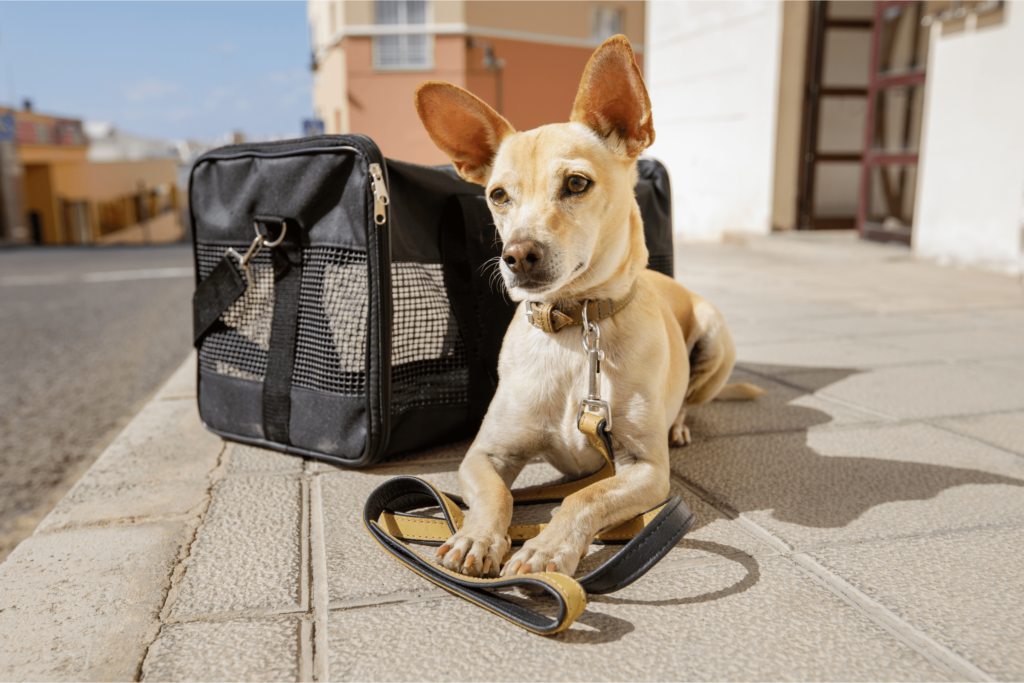
Nobody likes the unavoidable fees, but you must consider them before booking your flight. This article will outline those costs and what you must account for to make the best choice for you and your pooch.
Why do airlines charge for pets?
Before we get into the cost of flying with dogs, it’s essential to understand why airlines charge for pets in the first place.
Many pet lovers get frustrated by airline pet fees to have your dog in the cabin or cargo hold. Are the outrageous costs really justified? If you ask many pet owners, they’d say no. After all, a round trip on most U.S. airlines costs over $250 for your pet to stay in the cabin.
On top of that, flying your pooch in the cargo hold is even more expensive and always risky.
So, while the risk of something terrible happening to your dog is low, the risk is always there. Animals can die during airline transit, and that chance is heightened if a malfunction occurs in the cargo hold. For example, temperature and pressurization malfunctions can seriously harm your pet, if not kill them.
Unfortunately, there are costs the airlines must provision for. When I say costs, I don’t just mean the extra fuel required to transport a 100-pound Labrador, but operational and liability costs.
These operational and liability costs partially refer to the cost of inconvenience to other passengers. When a four-legged companion is brought into the cabin, there’s no telling what can happen.
Travelling with pets is dicey for airlines, too. Even the tiniest of things can warrant an emergency landing. For example, if another passenger has a major allergic reaction to dog fur and dander, the airline must go through the expensive hassle of making an emergency landing to get treatment for that passenger.
Lawsuits are another thing to consider when looking at the cost of pet fees. Think of the repercussions on the owner and the airline if a pet were to bite another passenger.
And while it sounds ridiculous, pets getting loose on tarmacs are not as uncommon as you may think. When a pet gets loose like this, the airport must shut down and delay and cancel flights, which is tons of money down the drain for airlines.
In a nutshell, pets and airlines are an unpredictable combination.
Is a Dog Considered a Pet When Flying?
This sounds like a no-brainer. The most obvious answer is yes, and it is, for the most part.
According to the FAA, a pet refers to cats, dogs, rabbits, reptiles, ferrets, hedgehogs, rodents, birds, and amphibians. If your animal is considered a pet by FAA regulations, you should expect to pay to fly with them.
The lines can become blurred if your pet is a service animal, here’s why: If you have a service animal (in this case, a dog), you rely on them for medical assistance. Therefore, your dog is not your traveling companion but a worker with a job and purpose to fulfill.
Airlines will not charge you to fly with your dog in this case.
But before your dog gets a free boarding pass, the airline will ask for a credible verbal assurance of your animal’s purpose and a doctor’s written confirmation. Most airlines require a health certificate of your pet/service animal to travel, which can cost anywhere from $35 to $200.
Weight Makes All the Difference
Cabin Flying With Your Dog
When flying with your dog, the general rule is that the bigger they are, the more expensive they will be. That’s because there are different rules and regulations for dogs that weigh less than 20 pounds and those that weigh more.
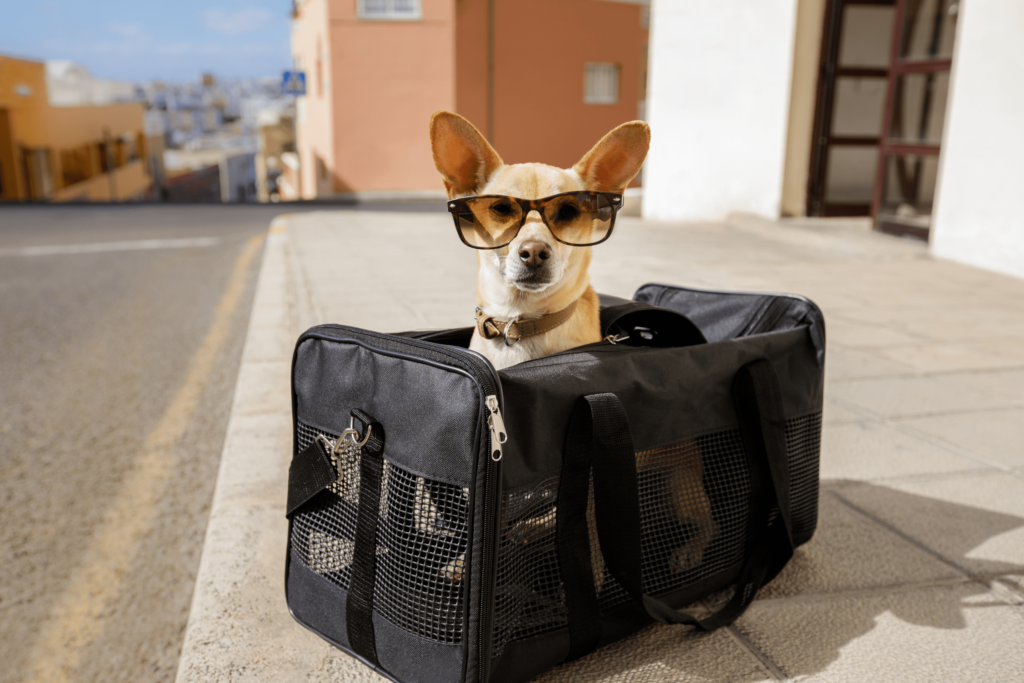
Canines that weigh 20 pounds or less can fly in the cabin with you as a carry-on item, so long as they are in a carrier that fits underneath the seat in front of you. These carriers must be airline-compliant or TSA-approved, which according to Consumer Reports, can cost anywhere from $30 to $250 depending on the make.
In addition, you will have to pay a pet fee to bring your pet to the cabin. Unfortunately, this cabin cost ranges from $125 to $150 each, depending on your airline.
Cargo Flying With Your Dog
Dogs that weigh more than 20 pounds cannot fly in the cabin and must go in the cargo hold or as cargo or as checked baggage.
The price to fly your dog in the plane’s cargo section ranges from $150 to well over $1000. The cargo cost depends on the size of your dog, the airline you fly with, and your destination.
Airlines usually charge by the dimensional weight of your crate, which is determined by: Length x width x height.
Unfortunately, cargo rates are cargo rates.
There are no off-season discounts, although prices vary depending on the airline you travel with.
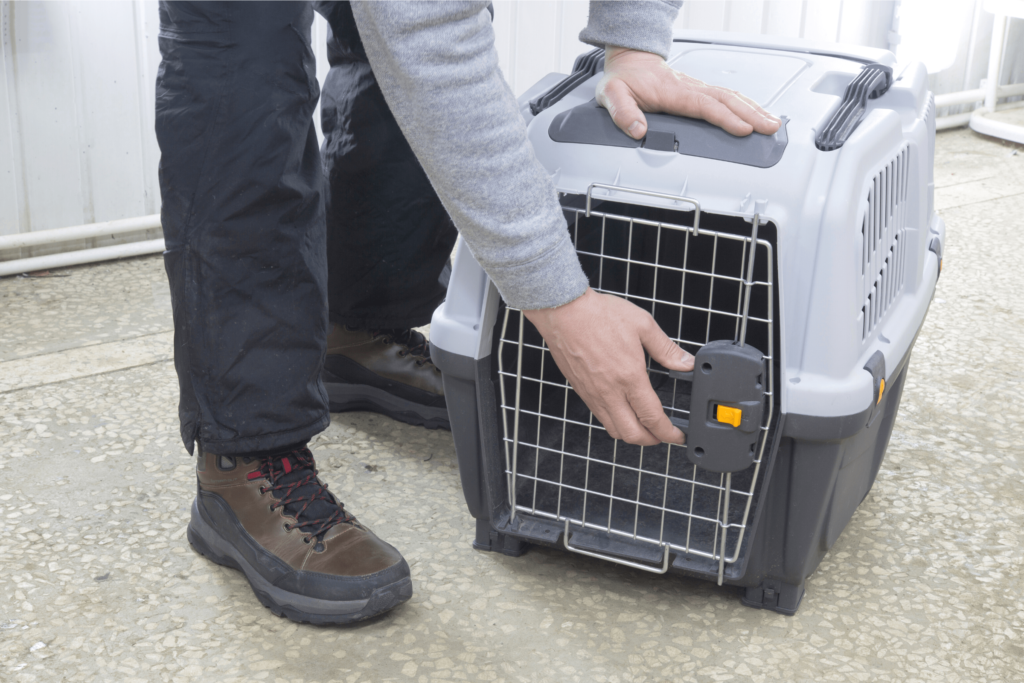
When you boil it down, the cost to carry your pet in the cargo hold depends on the size of the crate. Therefore, the bigger your pet is, the bigger its travel carrier is, and the more it costs for you to transport your dog. You must measure your dog from nose to tail and carry them in an appropriately sized crate.
Although it can be tempting to put your dog in a smaller crate to save a few extra bucks, all pet travel agencies and airlines must comply with the IATA/LAR. So, if your dog’s carrier is too small, it won’t be allowed on the flight.
Then, for your dog to board the plane, it must be re-sized and put into a correctly sized carrier. Then, and only then, will a cost recalculation be done, and all of this can result in a last-minute spike in cost- and, more importantly- a missed flight.
Answering your FAQ about the cost of flying dogs.
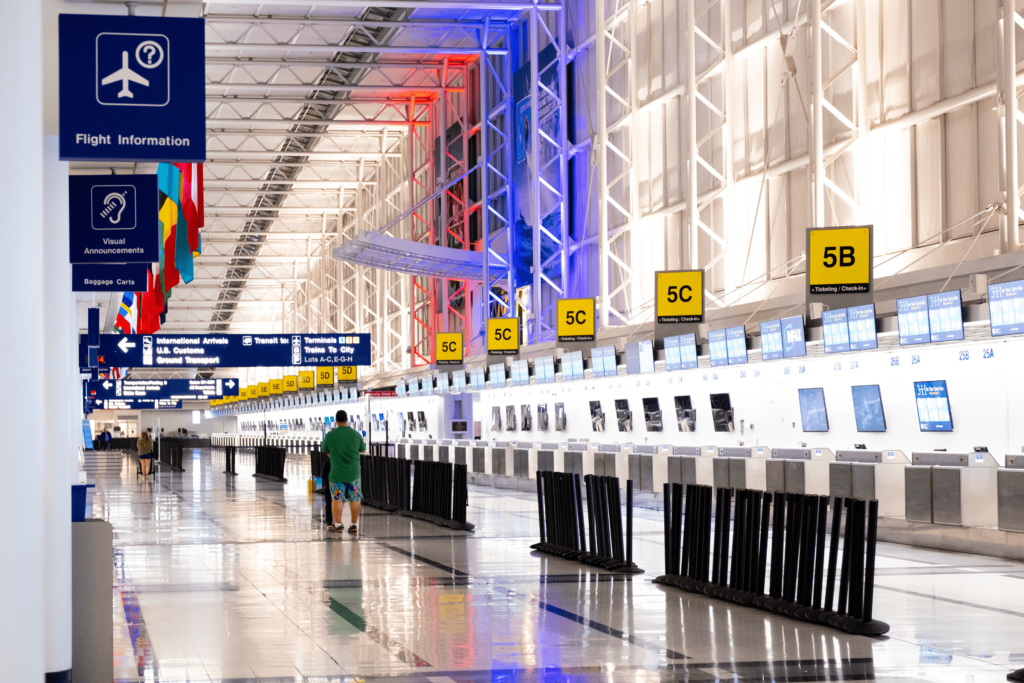
How much does it cost to fly with dogs?
It depends on your dog’s size, the airline you fly with, and your destination. But you can estimate paying $600 to under $3000 when factoring in certain variables.
What is the difference between flying with a dog in the cabin and the cargo hold?
Flying a dog in the cabin means they will board the plane with you and the other passengers. Dogs that fly in the cargo hold are kept with the luggage and freight.
The two options differ in price as well. The cost to fly your dog in the plane’s cargo section ranges from $150 to over $1000 each way. While cabin flying usually costs around $125 each way, making it the cheaper option.
Can I fly with my service dog for free?
If you have a service animal, the airline views your pet as a worker and will not charge you since you rely on your animal for medical assistance.
What is the weight limit for dogs to fly in the cabin?
Dogs that weigh 20 pounds or under can fly in the cabin with you as a carry-on item. Any more than this, your dog will have to fly in the cargo hold, which costs significantly more.
Do I need a health certificate for my dog?
All airlines require your pet to be up to date in their vaccinations and need written documentation from a certified veterinarian.
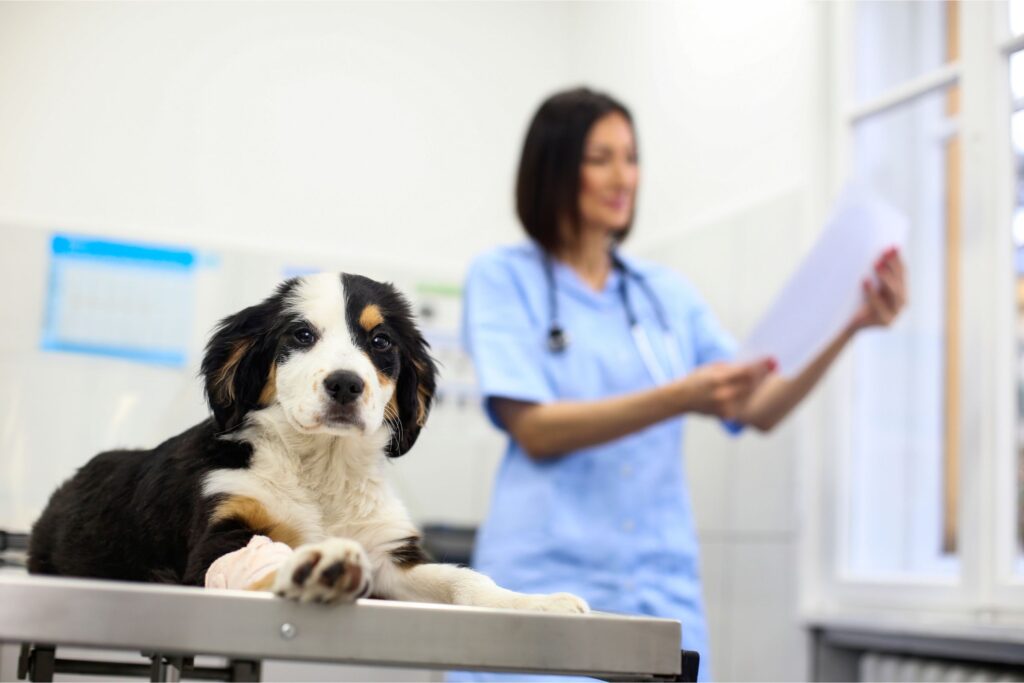
Do I need a particular carrier for my dog to fly?
If your dog weighs 20 pounds or less, you will require a carrier that securely fits underneath the seat in front of you. Regardless of whether your pet weighs more or less than 20 pounds, you must ensure it’s big enough to accommodate your pet standing up and moving around. Check with the airline you’re flying with for size requirements.
Conclusion
When flying with your dog, it’s important to remember that the cost varies depending on a few factors. If your dog is a cabin pet and weighs 20 pounds or less, the fee is usually around $125 to $150 each way.
If your dog is more than 20 pounds and needs to fly in the cargo hold, the cost ranges from $150 to over $1000. It’s essential to measure your pet from nose to tail and choose an appropriately sized carrier- too small of a carrier will not be allowed on the flight. And lastly, make sure your dog is up-to-date on its vaccinations and has written documentation from a certified veterinarian.
I hope this article answers your most pressing questions about flying with your furry friend.
What do you think about pet travel costs? Do you believe they are justified? Let me know your response down below!
Related Posts
- A Comprehensive Guide to Flying with Dogs: Tips, Rules, and Resources
- Flying With Dogs on Alaska Airlines (Pet Travel FAQs)
- How Does Flying Affect Dogs? (5 Things to Consider)
- What Does it Cost to Fly a Dog Internationally?
- Where Do Dogs Fly on Planes (Cargo vs. Cabin vs. Baggage)?
- Everything to Know Before Flying With Big Dogs

4 Comments on What is the Cost of Flying with Dogs? (Fees and Considerations)
Comments are closed.